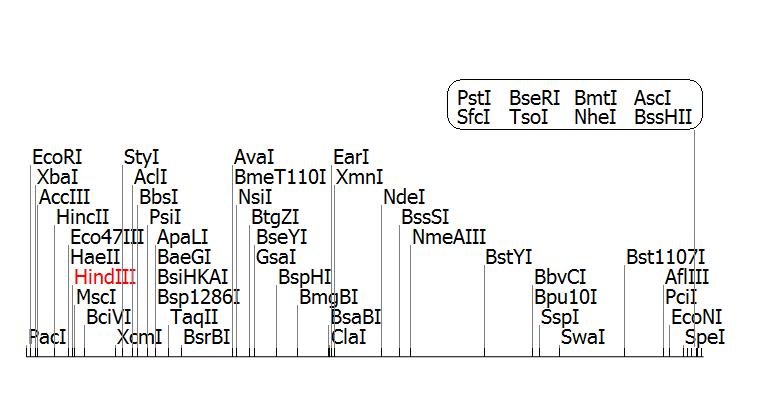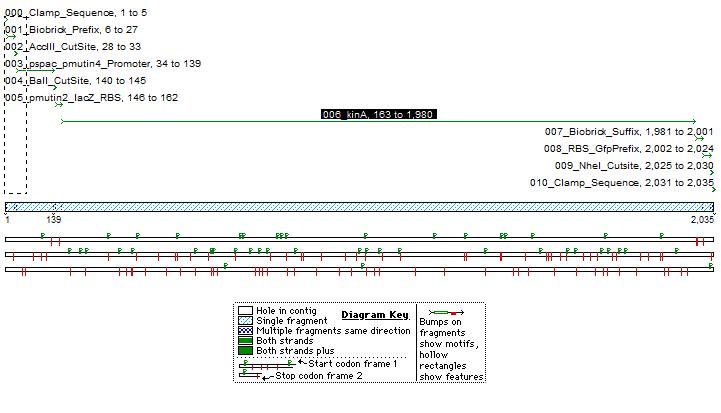Team:Newcastle/SporulationTuning/Lab Work Strategies
From 2009.igem.org
Contents |
Lab Work Strategies
The lab work executed would mainly be to induce sporulation in the presence of IPTG, and this would involve microscopy and testing cultures for sporulation (e.g. by their heat resistance).
Construction
Synthesised by GeneArt, fragment: 2024bp
Cloning
The fragment will be returned from GeneArt cloned into pGFG-rrnB. Once the fragment is received from GeneArt we need to clone it into a BioBrick compatible vector for submission to MIT. Digesting the fragment with EcoR1 and Pst1 and ligation to EcoR1 and Pst1 cut biobrick vector will do this.
Integration
This is quite a difficult exercise because whilst pGFG-rrnB is designed to integrate at the amyE locus the presence of the native kinA on the 168 chromosome. The construct will preferentially integrate at kinA (disrupting it) rather than amyE. A large number of transformants will need to be screened using starch plates and pcr to ensure that the correct mutants are selected that contain the construct integrated at only amyE. A backup strategy would be to integrate pMutin into the region immediately upstream of the native kinA ensuring that the native promoter and its control elements are preserved. The pSpac promoter would then be positioned upstream of kinA and therefore provide additional transcription in the presence of IPTG.
Testing and Characterisation
Once obtained, the mutant will need to be tested for the induction of sporulation in the presence of IPTG. This would involve microscopy and testing cultures for sporulation (e.g. by their heat resistance).
News
Events
- 20 – 21 June 2009 - Europe workshop (London)
- 23 – 24 June 2009 - UK iGEM meetup (Edinburgh)
- 23 October Practice Presentation (Newcastle)
- 23 October T-shirts are ready
- 27 October Practice Presentation (Sunderland)
- 27 October Poster is ready
- 30 October – 2 November 2009 - Jamboree (Boston)
Social Net
- Newcastle iGEM Twitter
- [http://www.facebook.com/home.php#/group.php?gid=131709337641 Newcastle on Facebook]
- [http://www.youtube.com/user/newcastle2009igem Newcastle Youtube Channel]
 "
"


